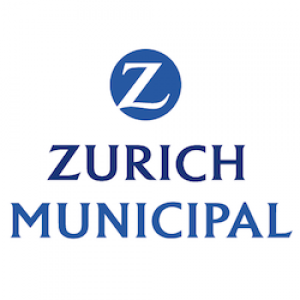
Photo: iStock
Total cost of risk (TCOR) is an important concept to get to grips with. It enables organisations to build a complete understanding of risks, so they can make informed decisions on everything from investment opportunities to risk management spend.
When it comes to quantifying the cost of risk management, many look only at what they spend on insurance premiums.
Insurable risk makes up just 20% of an average organisation’s total cost of risk and, without an understanding of the other 80%, uninformed cost-saving decisions are often made. This achieves short-term savings but increases costs in the long term.
TCOR includes all insurable and uninsurable risks. It is the sum of an organisation’s insurance premiums, direct and indirect costs of claims and risk management expenses.
The following four areas offer a broad view of TCOR, and can help you to build a more accurate picture. By understanding your TCOR, you can identify trade-offs between risk transfer, self-insurance and risk management investment, and make better-informed financial decisions.
Intangible risks and indirect costs
Not all risk-related costs are visible. For example, a major incident might easily cause reputational damage, resulting in costs associated with loss of confidence, additional management/employee time, media expenses, legal fees and loss of productivity as resources are diverted.
These costs can be anticipated and managed just like any other, most effectively via business continuity planning.
Major incidents
Major incidents are rare, but invariably have significant financial consequences, which make considering them essential.
Integrating business continuity planning into risk management is important for anticipating and planning for such events.
This will help you to: identify and understand a broader range of potential threats; improve incident response times and understand the cost implications of delays; reduce recovery periods and disruption; and improve claims history and its impact on future premiums.
These are the incidents for which you buy insurance and understanding the capabilities and track record of your insurance supplier is vital.
Retained risks
The vast majority of risks are uninsurable or more cost-effective to self-insure. Recognising this and taking a broader view of risk-related costs are key to achieving sustainable savings.
With the aid of business continuity planning, you will be able to identify the most mission-critical risks with the highest potential impact.
You can then prioritise building greater resilience in those areas, allowing you to manage both the probability of events occurring and their potential impact. This also helps to reduce future claims and insurance spend.
Risk transfer
Although premiums usually represent just one-fifth of TCOR, as they are a foreseeable cost it is important to manage them.
This requires a structured approach. Assessing the risk appetite and resilience of different areas is an important first step to reducing risk transfer costs. Using your business continuity planning, it will become clear where insurance is most needed and where other strategies might be more cost-effective.
It may be more cost-effective to self-insure certain high-frequency, low-severity incidents to avoid pound swapping. Many local authorities already do this approach but the level of self-insurance is always worth reviewing.









